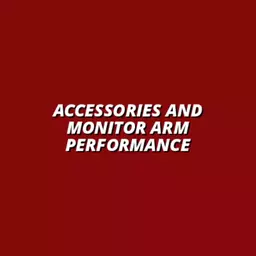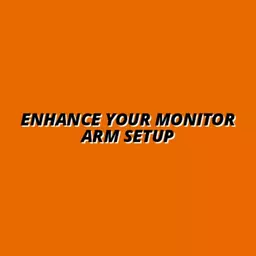Gas-Spring Monitor Arms
- Adjustability: Offers smooth height adjustments for easy repositioning.
- Maintenance: Generally low maintenance due to gas mechanism.
- Stability: May be less stable with heavier monitors compared to mechanical arms.
- Weight Capacity: Check specifications to ensure compatibility with your monitor.



